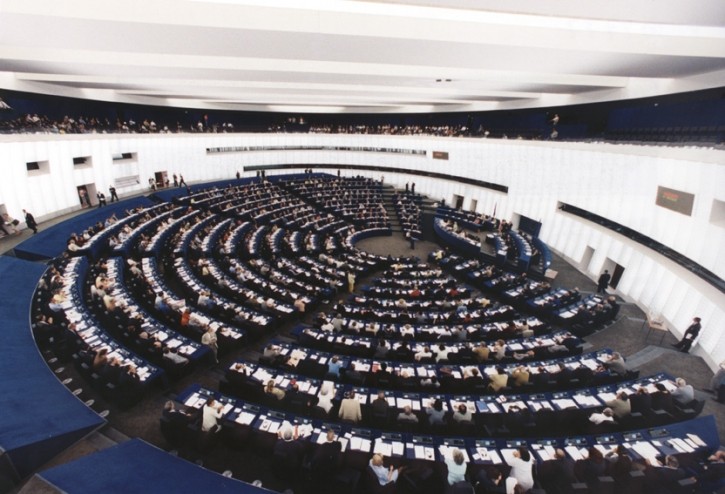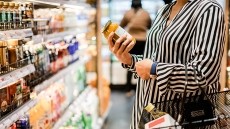'No credible evidence' – UK hits back at MEPs over traffic light labels

There is “no credible evidence” that the front-of-pack labelling scheme acts as a barrier to trade, a Department of Health spokesperson explained in a statement sent to FoodNavigator. “They provide clear information for customers on the amount of energy, fat, saturated fat, sugars and salt.”
UK lawyers have also said the challenge from MEPs is “difficult to understand”, given that the scheme complies with EU labelling laws.
Around half a dozen member states are unhappy with the approach – and have been for some time. The countries have claimed it represents a barrier to trade, fails to offer scientifically sound nutritional guidance and unfairly discriminates against certain products while favouring others.
As FoodNavigator reported earlier this week, almost 100 MEPs have now called on the Commission to carry out a full economic and commercial assessment.
The Commission has confirmed it will report on the UK’s scheme in accordance with the food information regulations. Brexit is – for the time being at least – unlikely to affect this process.
Sound scheme
The UK is keen to explore new front-of-pack labelling schemes once it has left the EU. However, it is clearly confident that the voluntary traffic light scheme is helpful to consumers and has been developed in line with Article 35 of the Food Information to Consumers Regulation (EU) 1169/2011.
As required by that regulation, the scheme is based on extensive consumer research and is the result of a full written public consultation, followed by collaboration with the food industry and groups representing consumers and public health interests.
Research in October 2013, four months after the launch, showed that 60% of consumers were using the scheme: 18% of them were always using the colour-coded labels, 17% often and 25% sometimes.
The scheme, which has support from consumer organisation Which? as well as a raft of public health bodies, now accounts for two thirds of the UK market for pre-packed foods and drinks. The British Retail Consortium said it was developed using consumer feedback and “years of evidence”.
Dominic Watkins, head of the food sector group at law firm DWF, said: “Provided that the traffic light system is merely a recitation of the nutrition information that will become mandatory in December […] then the challenge [by MEPs and member states] is difficult to understand”.
Applied correctly, the system also gives “clear and simple information” to consumers across a range of nutrients, he added. “Amongst the maelstrom of nutritional messages they receive, consumers can grasp that consuming too many reds is probably bad for them but a few in moderation may be OK – and this is potentially what the sales data from Italy is showing.”
Indeed, the application of colour coding to the nutritional information on front-of-pack labels has long-concerned some member states. Italy has been citing a Nomisma survey commissioned by Federalimentare – which represents the country’s food industry – showing that sales of products with traffic light labels have declined.
Industry reaction
EU-wide food industry lobby FoodDrinkEurope said traffic lights “are not the right approach” to inform consumers in an accurate and simple way about the nutritional content of products. “[We have] always strongly argued against national schemes such as the one in the UK, as this causes a fragmentation of the EU single market, complicating business and trade,” a spokeswoman explained.
She also pointed to research by Birmingham University last year, which found that the system is “ambiguous to consumers”.
Watkins at DWF said there can be aberrations – for example, where a product viewed as healthy may have a ‘red’ label for certain ingredients, whilst one seen as unhealthy may not. “This does not however make the system wrong,” he explained. “Rather, it is a product of there needing to be a line in the sand drawn somewhere.”
Research by the FSA in Northern Ireland published last month suggested that more visual and less numeric information could be the way to bolster healthier food choices.
In October 2014, the Commission sent the UK government a letter of formal notice against the scheme. A reply was issued within the two-month timeframe. DG Grow (which is responsible for trade and industry) is leading this process but there is no update for reasons of confidentiality.


!['[colour-coded] increased sensitivity to health and decreased weight on taste' ©iStock/GoldStock](/var/wrbm_gb_food_pharma/storage/images/_aliases/wrbm_medium/5/9/0/6/836095-1-eng-GB/Green-light-for-colour-coded-labels-Study.jpg)





















